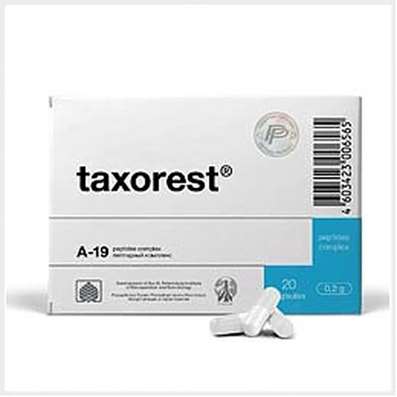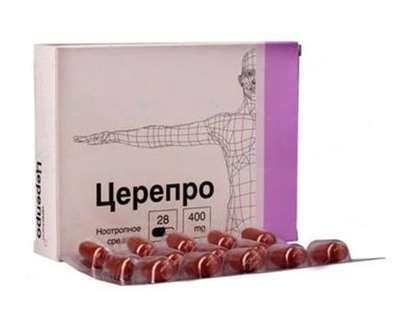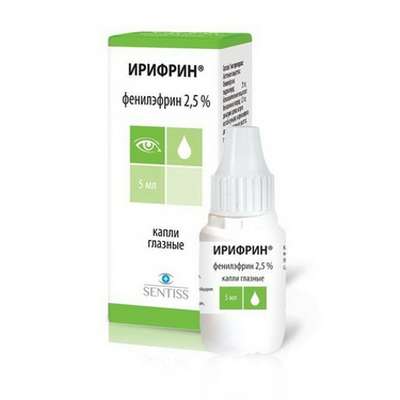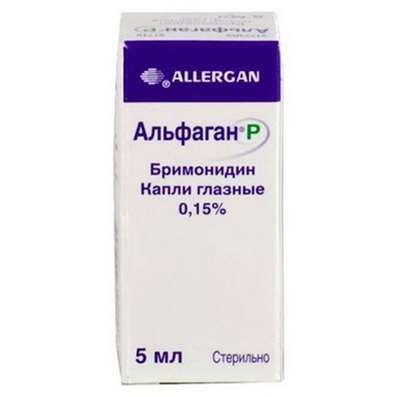Anti-androgenic therapy
29 Nov 2016
When certain effects of androgens are undesirable, apply the medicines breaking synthesis or effect of these hormones. It has turned out also that some medicines applied in other purposes have anti-androgenic activity. Such activity can be undesirable side effect, but sometimes these medicines specially use as anti-androgens.
Inhibitors of synthesis testosterone
Analogs of gonadoliberin cause desensitization of his receptors thanks to what block secretion of LG and synthesis of testosterone. These medicines use at the spreading prostate cancer (hl. 56). Antagonists of a gonadoliberin block effect of endogenous peptide on receptors the gonadotrop cages, however use of these medicines is limited because of need of daily injections and such side effect as emission of a histamine. You can try Koramine.
Antifungal derivatives of imidazole, and first of all ketokonazol (hl. 49), block formation of steroid hormones, including testosterone (Feldman, 1986). Because of simultaneous oppression of synthesis of cortisol and hepatoxicity these medicines only occasionally use as anti-androgens.
Medicines blocking action of androgens
These medicines break linkng of androgens with androgen receptors or inhibit 5 - alpha reductase.
Blockers the androgen receptors
Flutamid and bicalutamid are rather active blockers of androgen receptors, but monotherapy by them is ineffective because of strengthening of secretion of LG and growth of serumal concentration of testosterone. Most often these medicines are appointed in combination with analogs of gonadoliberin in case of the spreading prostate cancer (hl. 52). Flutamid and bicalutamid block action the androgens which synthesis isn't suppressed with analogs of gonadoliberin. In case of the spreading prostate cancer survival of the patients receiving analogs of gonadoliberin in combination with flutamidy, approximately same as at the patients receiving analogs of gonadoliberin in combination with bikalutamid (Schellhammer et al., 1995), that also corresponds after castration (Iversen et al., 1990). Bikalutamid gradually forces out flutamid thanks to smaller hepatoxicity and a possibility of acceptance of 1 times a day instead of 3 times a day. Flutamid applied also to treatment of a girsutizm. At the same time by efficiency flutamid doesn't yield to other medicines (Venturoli et al., 1999), however in view of hepatoxicity it is undesirable to appoint it for the sake of only one cosmetic action.
Spironolakton. This is the antagonist of aldosteron (hl. 29), in small degree blocking also androgen receptors and synthesis of testosterone. In case of treatment of hypostases or a hypertension spironolac men often have ginekomastia (Caminos-Torres et al., 1977). At the same time it is used intentionally for treatment of girsutism at women. Spironolakton is allowed by FDA for use for this purpose and renders moderate effect (Cumming et al., 1982), however can cause violations of a menstrual cycle.
Tsiproteron. This medicine is represented progestagen and weak blocker by the androgen receptors. Tsiproteron is moderately effective in case of girsutizm as monotherapy or in combination with oral contraceptives (Venturoli et al., 1999). The USA doesn't apply medicine.
The selective modulators androgen receptors. The group of derivatives of quinoline which at rats block androgen receptors in a prostate gland, but not in a hypophysis is synthesized. Though similar selectivity isn't found in the person, these data speak about a basic possibility of receipt of the selective modulators the androgen receptors.
Inhibitors of 5a-reductase
Finasterid inhibits 5a-reductase, especially type II, breaking recovery of testosterone in dihydrotestosterone, first of all in male genitalia and a prostate gland. Medicine is created for treatment of adenoma of a prostate gland, it is applied for this purpose in the USA and in many other countries. In case of appointment as the patient with moderately heavy obstruction of urethra finasterid reduces concentration of digidrotesgosteron in blood and in a prostate gland, reduces gland amount, increasing the volume speed of an urination (McConnell et al., 1998). Small part of patients has an impotence, but its mechanism isn't clear. Besides, finasterid FDA for treatment of androgenetic alopetion is approved though the last is caused mainly by activity of 5a-reductase of type I. There are data that in case of a girsutizm finasterid by efficiency doesn't yield to flutamid and a combination of tsiproteron to estrogen (Venturoli et al., 1999), but such treatment didn't get approval of FDA yet.

 Cart
Cart





